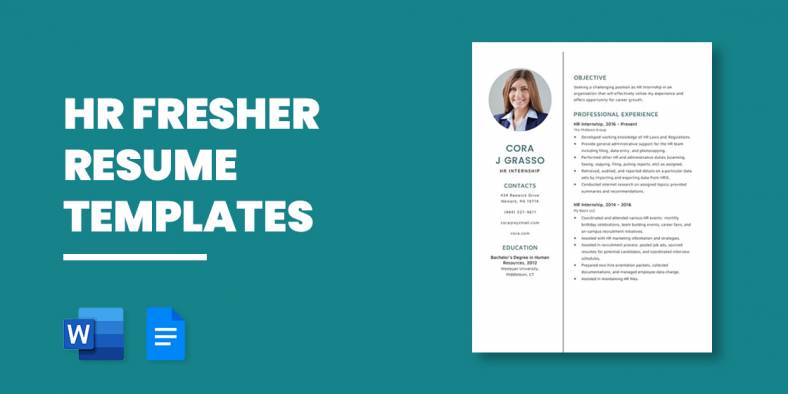
12+ HR Fresher Resume Templates
Writing an eye-grabbing Resume Format for someone who has no working experience in the field or any industry somehow sounds…
Feb 13, 2025
If you plan on applying for a job, then you should know what it is that you’re a prospective employer is looking for in an applicant. You will need to provide information that will not only show that you’re qualified for the job, but also to the point where it shows that it shows that you’re the best person for it. You can also see more on Resume Templates. Which is why you will need to come up with a document that’s able to do just that. The kind of document that you will need to make is called a curriculum vitae and this article is going to teach you all that you need to know in order to properly create one.
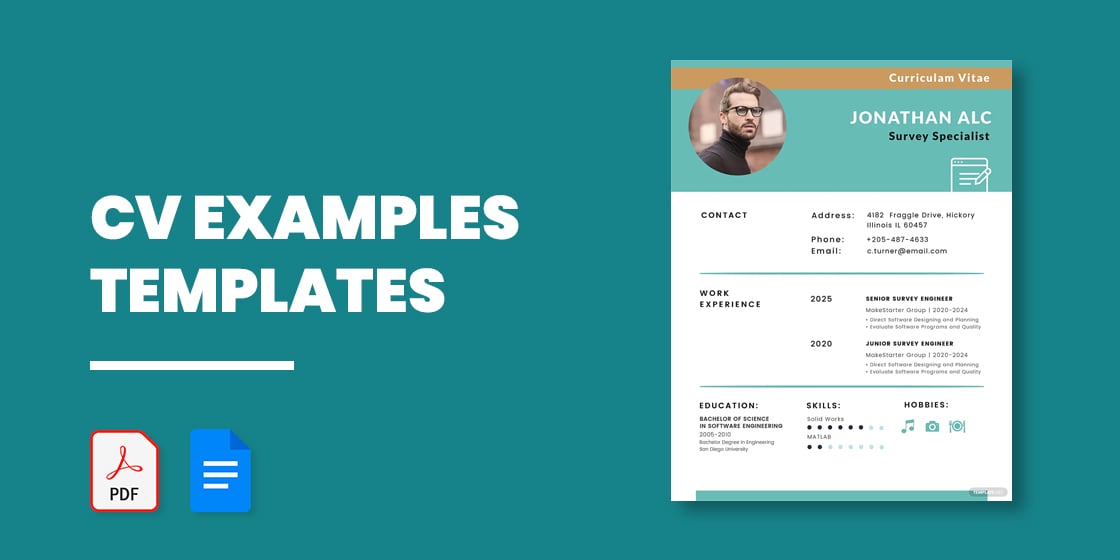
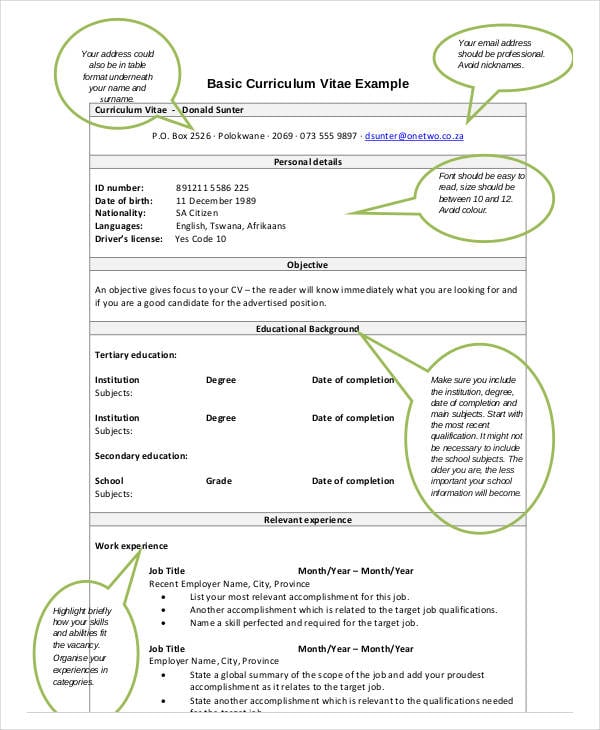 nwu.ac.za
nwu.ac.za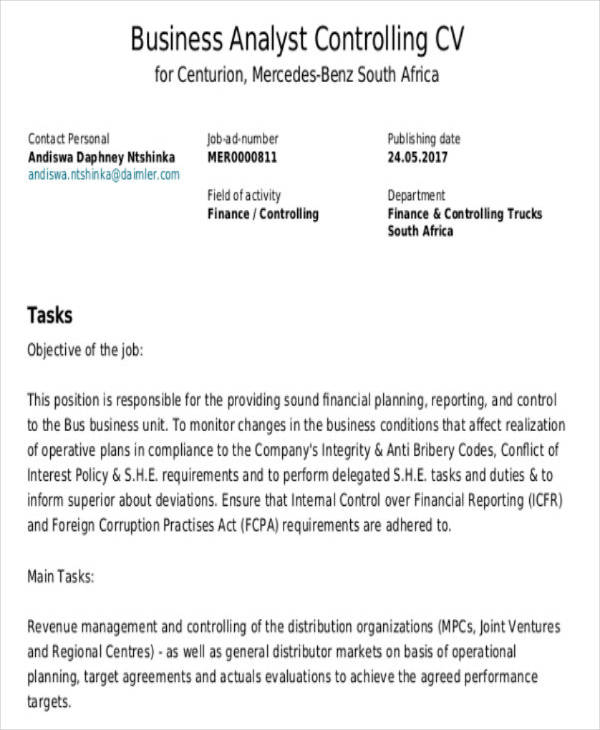 jobs.daimler.com
jobs.daimler.com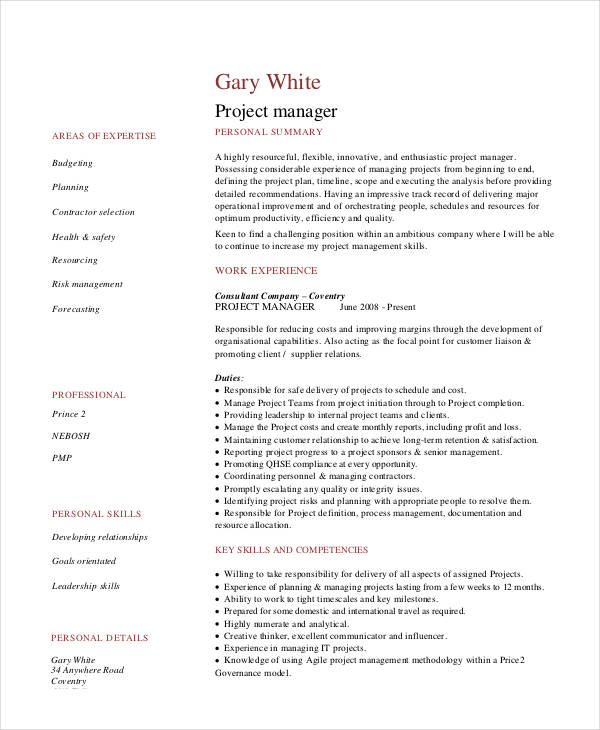 dayjob.com
dayjob.comA lot of people often confuse a CV (curriculum vitae) with a resumes simply because of they both function similarly. While it’s true that they do, the three major differences between the two would be the length and the layout. A resume is a basically a summary of skills and experience over one or two pages while a CV is more detailed and can stretch well beyond two pages. You may also see Job Resumes template.
A CV has a clear chronological sample order listing the whole career of the individual whereas a resume’s information can be shuffled around to best suit the applicant. So if you want to show your employers something detailed and with more information than they could possibly ask for, then consider sending them a sample curriculum vitae. You can also see more on CV Templates.
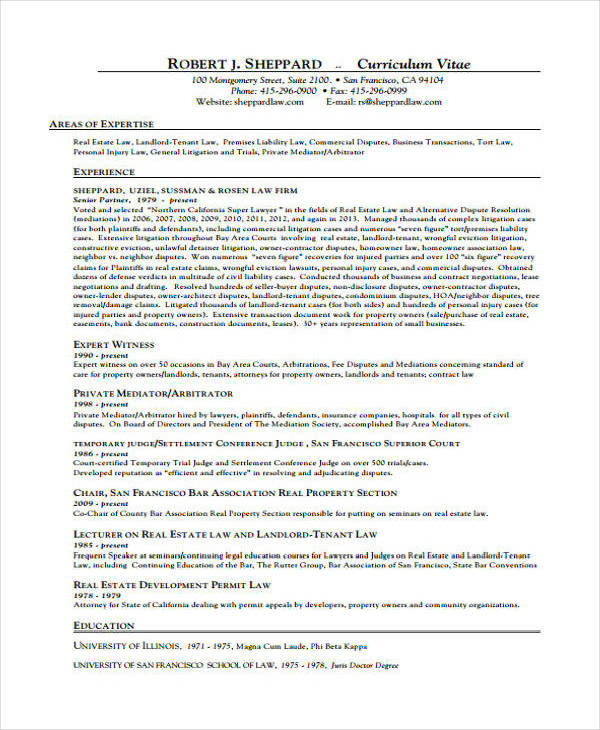 sheppardlaw.com
sheppardlaw.com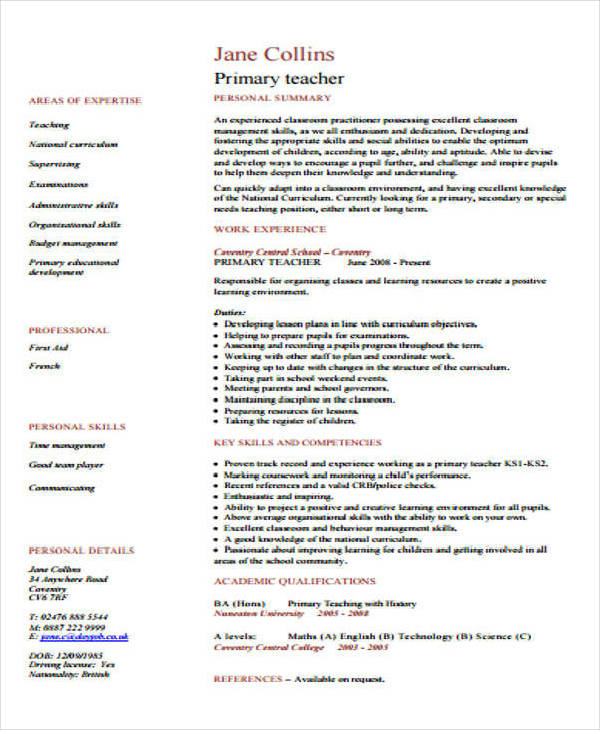 dayjob.com
dayjob.com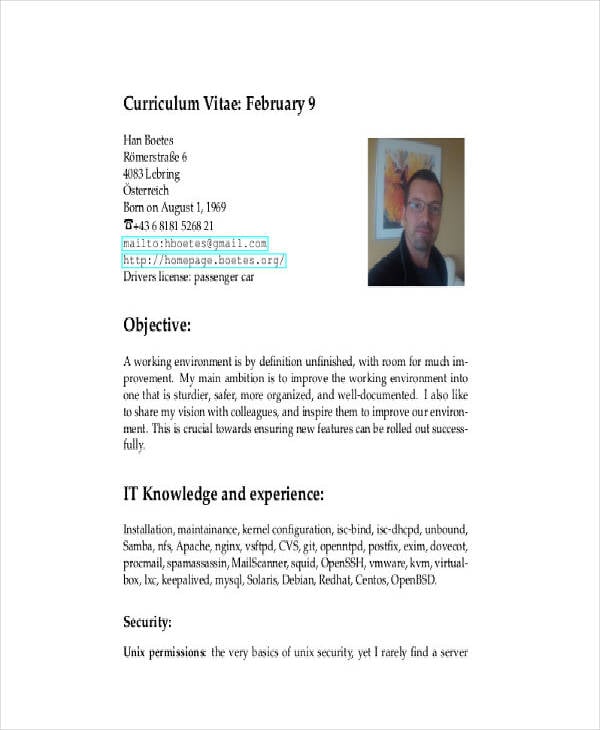 homepage.boetes.org
homepage.boetes.orgRemember that the whole point of making this document is to show your prospective employer that you have everything that it takes which makes your qualified for the position that you’re after. In simple order for your CV to do that, you’ll need to know what kind of information you should present as well as how you should go about in its presentation. You may also see a CV in Word.
So here are a couple of steps that should be able to help you come up with a proper CV which can help you land any job:
Before you start making your CV / basic resumes, you should know what kind of format you want to go with first. The kind of format that you choose will tell your employer what kind of applicant you are as well as how seriously you take job applications. What this basically means is that the format you choose could greatly affect how your perspective views you thereby affecting your chances of getting the job that you want.
Which is why you need to go with a format that’s both professional and one that shows what kind of person you are. Know what kind of information you would like to present as well as the way you wish to present them in so that you know what format will suit you best. If you have trouble knowing what you should go for, then there are many different examples that you can find online or you can use the ones inside this article. You may also see Doctor Resume templates.
No matter what kind of format you decide to go with, you should always share information about yourself at the very top of the page of your CV / resume designs. The reason as to why you would even want to do this is because you want the person going through your CV to know exactly who he or she is reading about. You may also see sample internship resume / curriculum vitae.
So what you’ll need to start out first is your name. Be sure that you provide your first name, last name, and middle initials so that the person who will be going through the document will know exactly who you are; this makes it much easier in the event that the company you’re applying for has to do a background check on you. Next is that you will need to provide your complete address. You will have to share everything from the name of the street, the city or state that you live in, your area or zip code, etc. You may also see sample Data Entry Resumes.
And lastly, you will need to put in your contact details. This is very important and you should never forget to include this piece of information as it’s what will allow your prospective employer to contact you about the results of your application. So make sure that you’re able to put in your phone number, home number, and the email address that you are currently using. Giving more than one way of contacting you will help guarantee that the people you’ve given the information to will be able to get hold of you in one way or another. You may also see director resume / curriculum vitae.
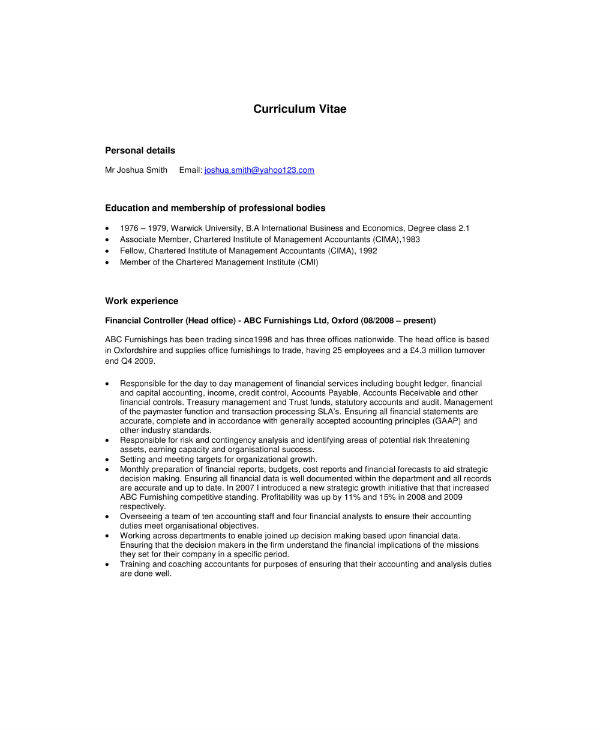 sagu.edu
sagu.edu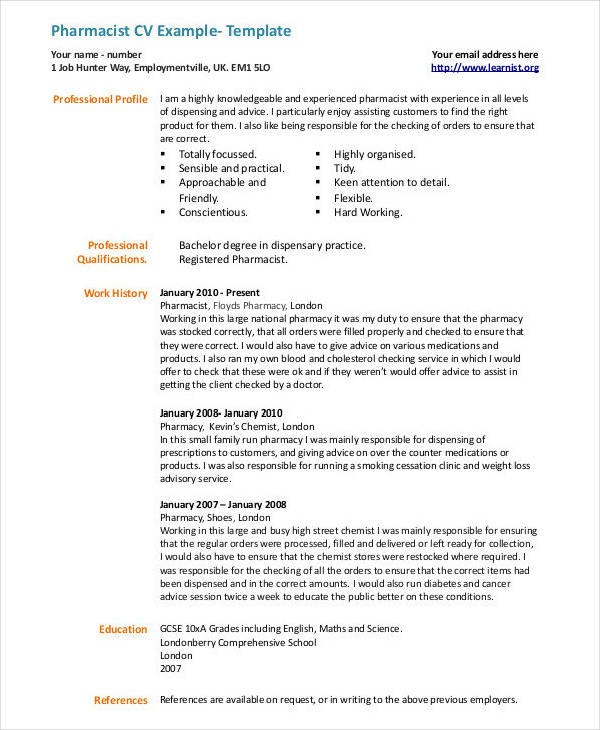 learnist.org
learnist.org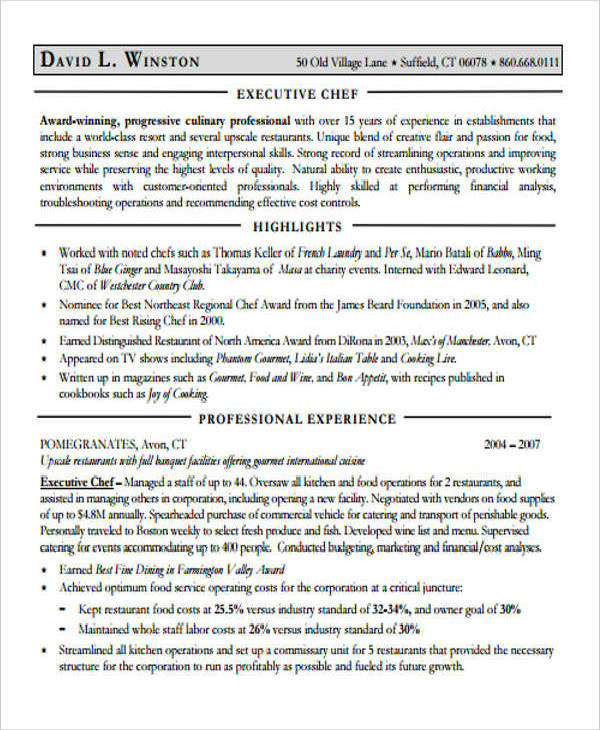 pinnacleresumes.com
pinnacleresumes.com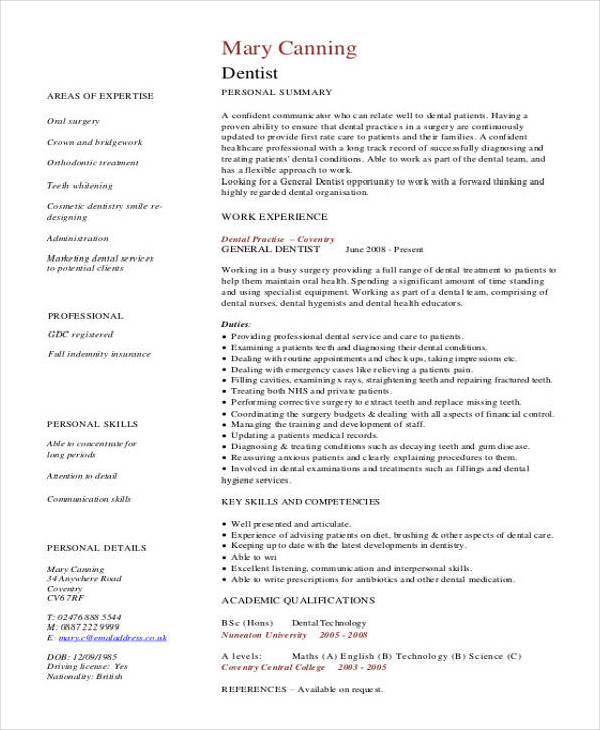 dayjob.com
dayjob.comTake note that this is something that you do not have to include in your CV. The only reason as to why anyone would want to include in this section is because it gives their potential employer a more in-depth look as to what kind of person they are. Think of it like short summary as to what kind of characteristics you contain that will help show that you’re a person that’s great to work with. So if you’re going to create your personal profile, share things like things you’ve achieved or what skills you’re managed to attain. Just remember that this is not where you should go overboard with in terms of information as you want to save that for the other sections of your CV.
There are some jobs that require a certain a degree of education as the tasks and responsibilities that come with it may be too complex. The harder the job, the more education, as well as experience one, is required to have. Which is why a lot of employers specifically state in certain sample job descriptions as to the kind of education one would need in order to be considered as an applicant. So if you think that you’ve met with the requirements, then you should definitely place what education you have attained into your CV or printable resume.
You can either make this the first thing that you want to write about in your CV / resume, or you can save it for another section after you’ve placed any other pieces of information that you would like to share first. How you will go about it is completely up to you. You may also see Account Resume Templates.
Start off by listing down the universities that you have attended or are currently attending and work your way backward from there. Place the name of the universities, the years in which you attended them, the majors that you have taken up and your grade point average. You may also see sample International Resume / CV.
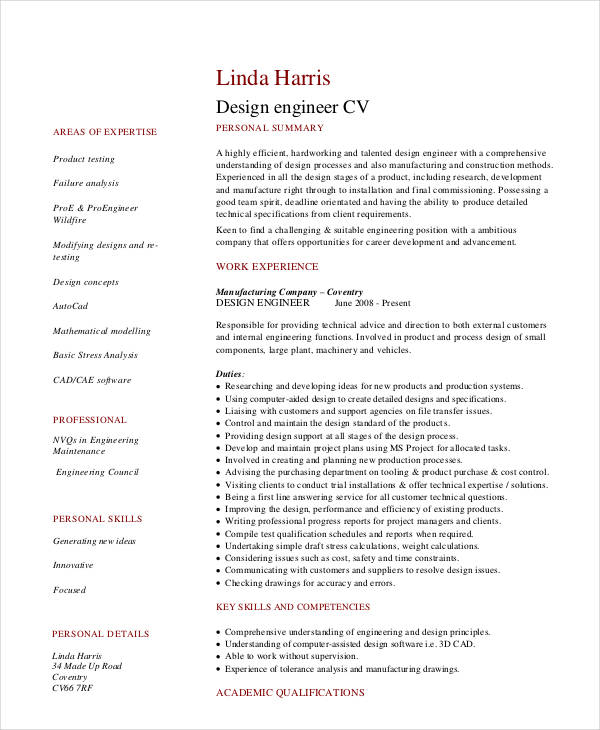 dayjob.com
dayjob.com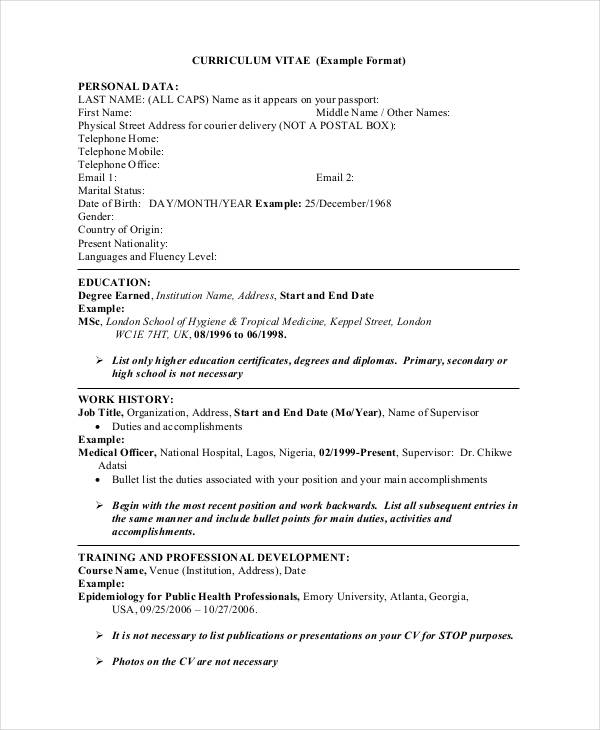 cdc.gov
cdc.gov nursing.jhu.edu
nursing.jhu.eduYou will need to provide a section wherein you share all of the previous work experience that you have managed to gain throughout your entire career. The reason as to why you will need it is because there are a lot of employers out there who will require applicants to have at least a specific amount of experience before they can even be considered for the position. Having experience means that the applicant should already know a couple of the ins and outs of a specific profession, thereby taking away the need for training or orientation of how to do the job. You may also see student resume / curriculum vitae.
So the more experience that one has, the better his or her chances of getting the position being applied for. So if you’re making this section of your CV, then you must know that whatever you decide to place has to be relevant to whatever job that you’re applying for. You want to show your employer that you’re someone who already knows what needs to be done and that you’re the person that will do what’s required should you be hired. Because if you just put whatever work experience you’ve previously held that has no relevance to the position, then don’t expect to hear back from the company that you ‘re applying to. You can also see more on College Resumes.
First, you’ll need to write down the name of the company that you previously worked for. Next is that you will need to provide the job title that you’ve previously held. And lastly, provide the days, months, or years that you’ve spent being employed with previous companies. You may also see teacher resume / curriculum vitae.
In the event that it’s your first time applying for a job, then what you can do is list down any curricular activities that you’ve taken part in that allowed you to gain knowledge or the skills necessary for the position that you’re after. You may also see executive resume / CV templates.
If you’ve had previous job experience format, then you’ll want include what you’ve managed to achieve during your employment. The reason as to why you would want to show your accolades with your prospective employer is because you want to show just how valuable you are and what you can offer if you were given the position. Not only that but sharing your achievements will tell your prospective employer that you’re an employee who’s willing to do what is asked to the best of your abilities, thereby improving your chances of being hired. You can also see more on High School Resumes.
So what you will need to put in this section of your CV are the achievements that you have gained throughout your entire career and the skills that you have managed to develop. You have to make sure that whatever you decide to put in your CV is relevant to the job that you’re applying to. If you haven’t had any previous job experience, then you can always opt to go with what you’ve managed to achieve during your education. Again, just be sure that whatever you share is relevant to the position you’re applying for.
You don’t just want to show your prospective employer that all you do is work. You want to show that you’re human, meaning that you will need to provide information that shows the different activities that you do that has nothing to do with work. What you decide to share can be anything from your hobbies to whatever it is that you’re fond of. The only thing that you have to be careful about is what it is that you decide to share. There are some things that you just can’t share with prospective employers as they may just end up costing you a job opportunity. You may also see Legal Resume Templates.
The best way to learn what you should and shouldn’t put into this section of your CV / cool resume is by knowing which of them is capable of showing a positive image of you. Also, try to with ones that you think will help you with your job and what will show that you’re someone who’s capable of getting along well with people at the workplace. If you can manage to show all of that, then you won’t have to worry about humanizing yourself in front of your prospective employer. You may also see Sales Resumes.
There are those who think that their CV’s just feeling a bit too barren. So if you think that yours has noticeable gaps, then you can always create a section where you can place in additional information. This is anything that will improve your chances of obtaining a position, so long as they’re relevant. You may also see Marketing Resumes.
This can be anything from extra work that you’ve done or extra activities that you took part in that you would like to share. Whatever you share in this section should be things that will help your employer understand what kind of person you are. You may also see Pharmacist Resume / CV templates.
When the time comes for the hiring committee of a company to do a background check for potential candidates, then one of the first things that they do is go through the references of each applicant and contact the names listed down. These are people that those in the committee will question so that they are able to learn everything that they need to know about an applicant. You can also see more on Media Resume Templates.
So as you’re making your CV / good resume, you’ll need to think carefully about those who you would like to list down as your references. Not only that, but you will have to communicate with these people first before you put them in your CV’s reference list. The reason as to why you would want to do this is because you want to make sure that these people know who you are, know what you do, and so that you can check if they have new numbers that they’re using. Doing this also allows you to ask them as to whether or not they can be listed down as your references, ensuring that none of the gems are surprised should they be contacted by your potential employer.
Once you’ve talked with the people that you want to have as your references, you must then write down their complete names as well as their updated contact information into your CV / outline resume.
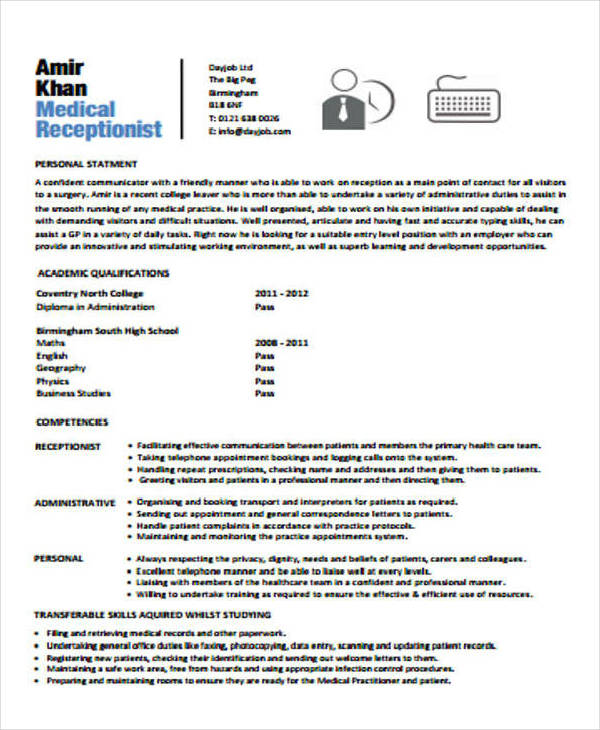 dayjob.com
dayjob.com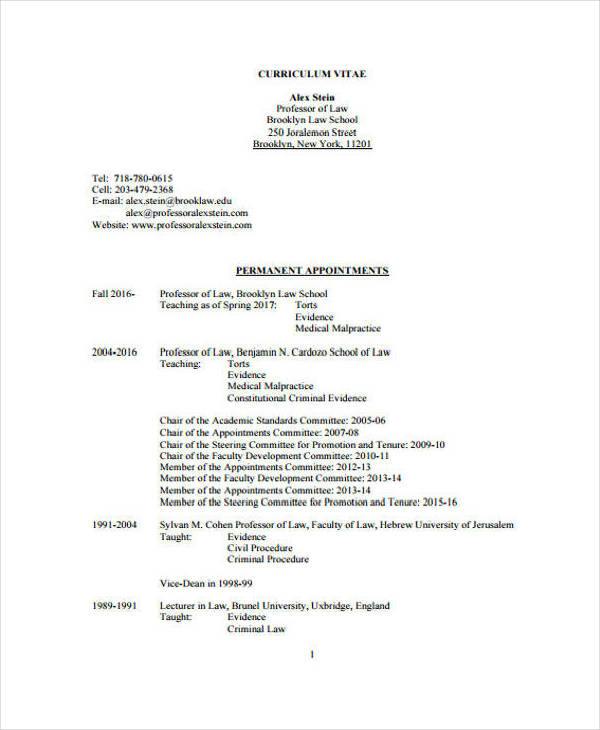 professoralexstein.com
professoralexstein.com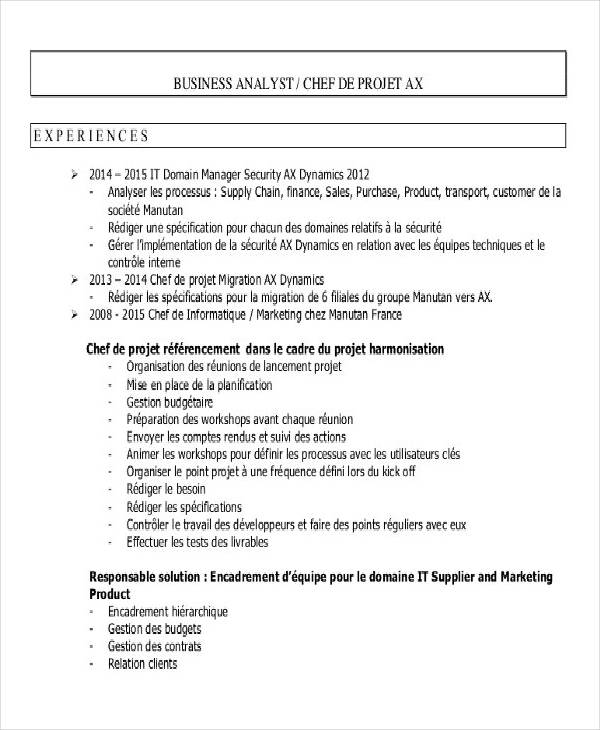 domeneo.com
domeneo.com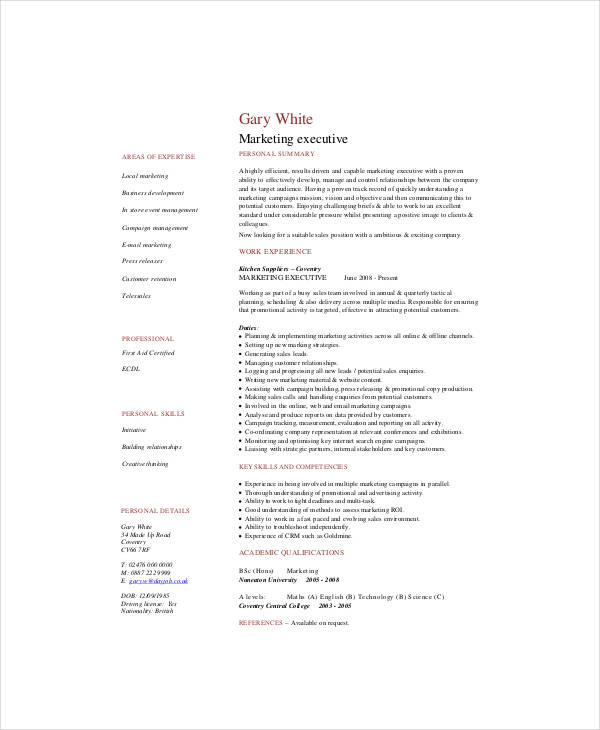 dayjob.com
dayjob.comNow that you’ve learned the steps that will help you create your CV, the next thing that you will need to learn is to know how you can improve it to make it more appealing to your potential employer. You may also see functional resume templates.
So here are a few tips that can help you do just that:
While there isn’t a right or wrong way to create a CV, there are certain basic elements that all of them should contain. These include the following:
Just make sure that all of them are in your layout of resume / CV and you shouldn’t have any problems.
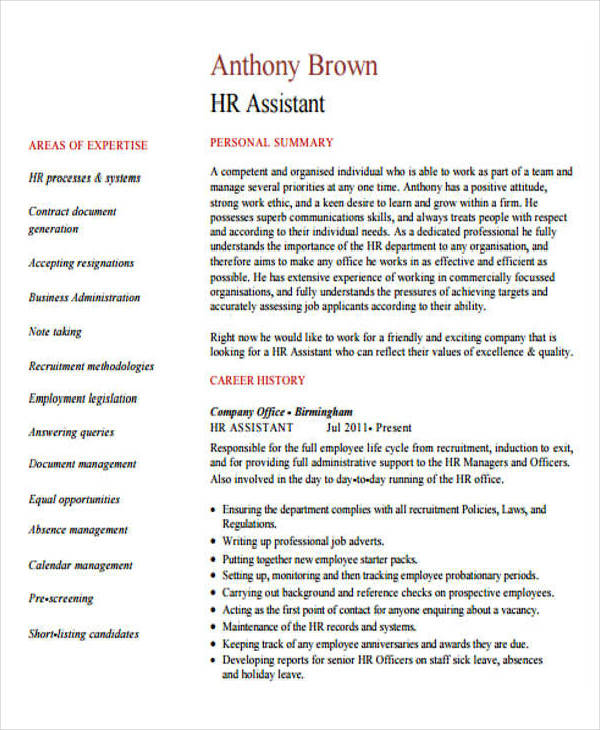 dayjob.com
dayjob.com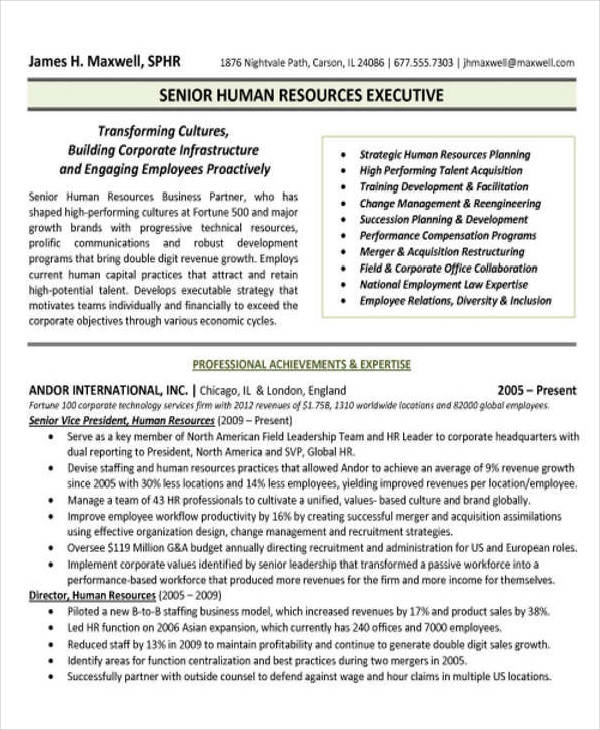 chameleonresumes.com
chameleonresumes.com ruc.ac.ke
ruc.ac.ke leachstudio.com
leachstudio.comA successful CV is always carefully and clearly presented, and printed on clean, crisp white paper. The layout should always be clean and well structured and you must never crumple or fold your CV. You may also see manager resume / CV templates.
Be sure that you go with a format that helps whoever it is that has to go through the document so that he or she will be able to easily find what information is needed. You may also see accounting resume templates.
You don’t want to go overboard when deciding what kind of font you’re going to use or the layout for how you want to present your information. Sometimes, it’s best that you go with something simple rather than something that’s too creative. Simplicity can often help as it can help employers get straight to the point in terms of what it is that they’re looking for out of a candidate for employment. You may also see Financial Analyst Resumes.
Which is why if you’re still choosing a format for your CV, go with the one that looks clean, simple, and shows your prospective employer that you’re a professional. Remember that there are a lot of CV examples that you can find online that you can use as a reference, or you can just decide to use the ones here to help you. You may also see Researcher Resume Templates.
Once you’re done with everything, then the last thing that you’ll need to do is proofread and edit your CV. Show your employer that you took the time to polish the document by ensuring that there are no grammar or spelling errors. You may also see Data Analyst Resumes.
Try to have someone you trust to help you go through the CV so that you can immediately spot and fix whatever it is that you’ve written down. You may also see nurse resume templates.
If you would like to learn more about CV’s or about any document that can help during job applications, then all you have to do is go through our site. It has all the different articles which should contain the information that you need. Just make sure that you go through them thoroughly so that you are able to fully utilize whatever you have managed to gather in the most effective way possible. You may also see resume format.
The art of CV writing lies in tailoring your narrative to resonate with potential employers. Utilize the diverse templates and examples from Template.net to reflect your professional journey effectively. Focus on aligning your skills and accomplishments with the specific requirements of the job you’re targeting.
Additionally, explore the Brighton & Hove City Council’s Youth Employment Hub for specialized advice and templates, particularly useful for public sector roles. Visit their CV templates and career advice page for resources tailored to young professionals and job seekers in the public sector.

Writing an eye-grabbing Resume Format for someone who has no working experience in the field or any industry somehow sounds…
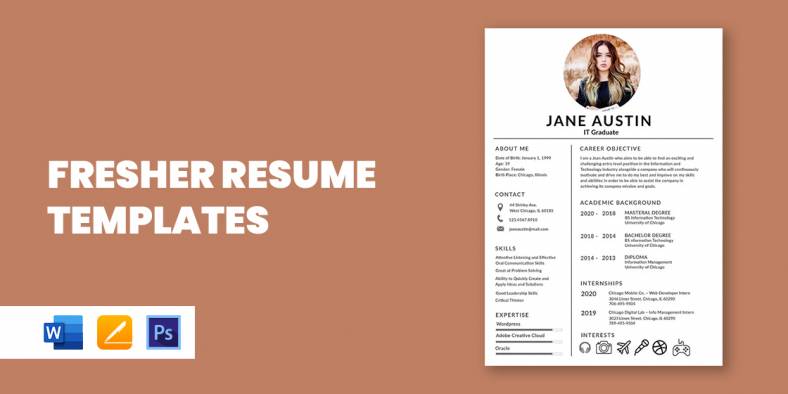
Graduating from college means you are now ready to enter the world of professional employment, but the only problem is…

Nurses work in a lot of different departments, for example, the operating room, oncology, critical care, ER, or labor and…

When writing a resume, whether you are applying for the position of a bookkeeper, auditor, or cashier, you need to…
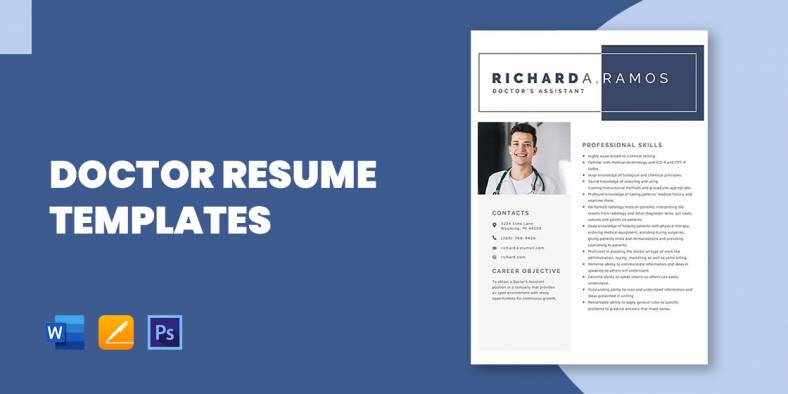
Hospitals will never be a caring place without doctors and nurses; they are the primary health care provider that provides…
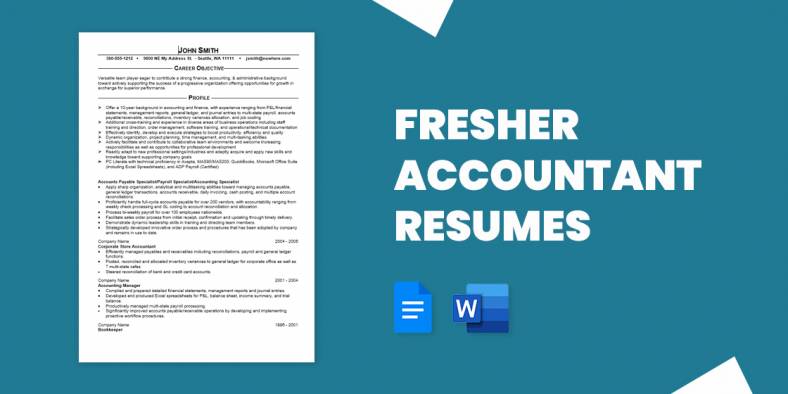
Many fresh graduates find themselves staring at a blank screen as they try and piece together their sample resumes. Those…
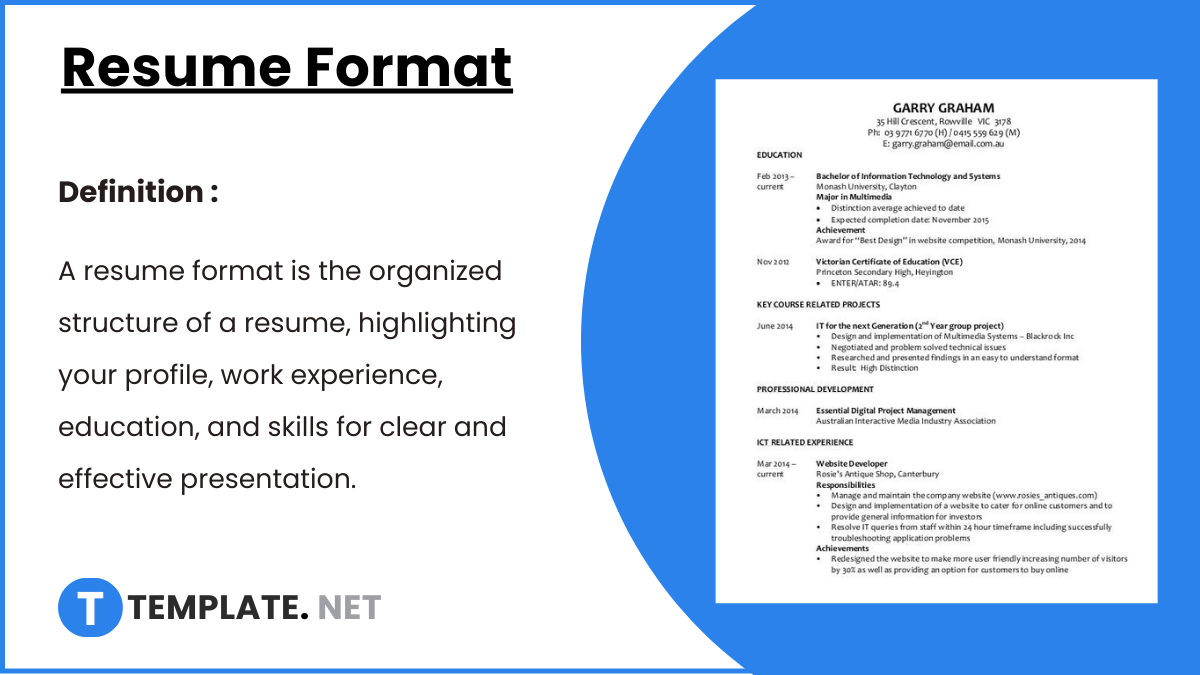
A resume format serves as the blueprint for showcasing your skills, experience, and qualifications effectively to potential employers. Choosing the…
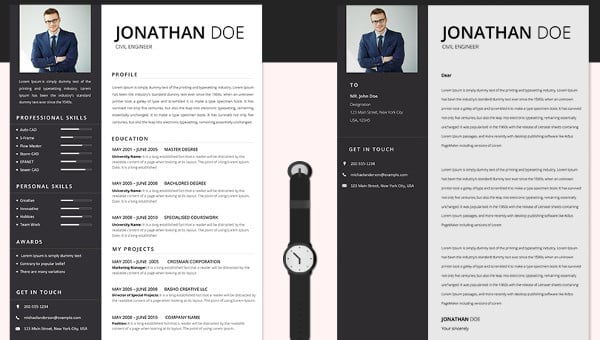
Appear more credible by highlighting your internship and professional experience, technical skills, and other student achievements in your CV with…

The computer science industry presents a bustling career scene today which is even speculated to grow by 15 percent by…